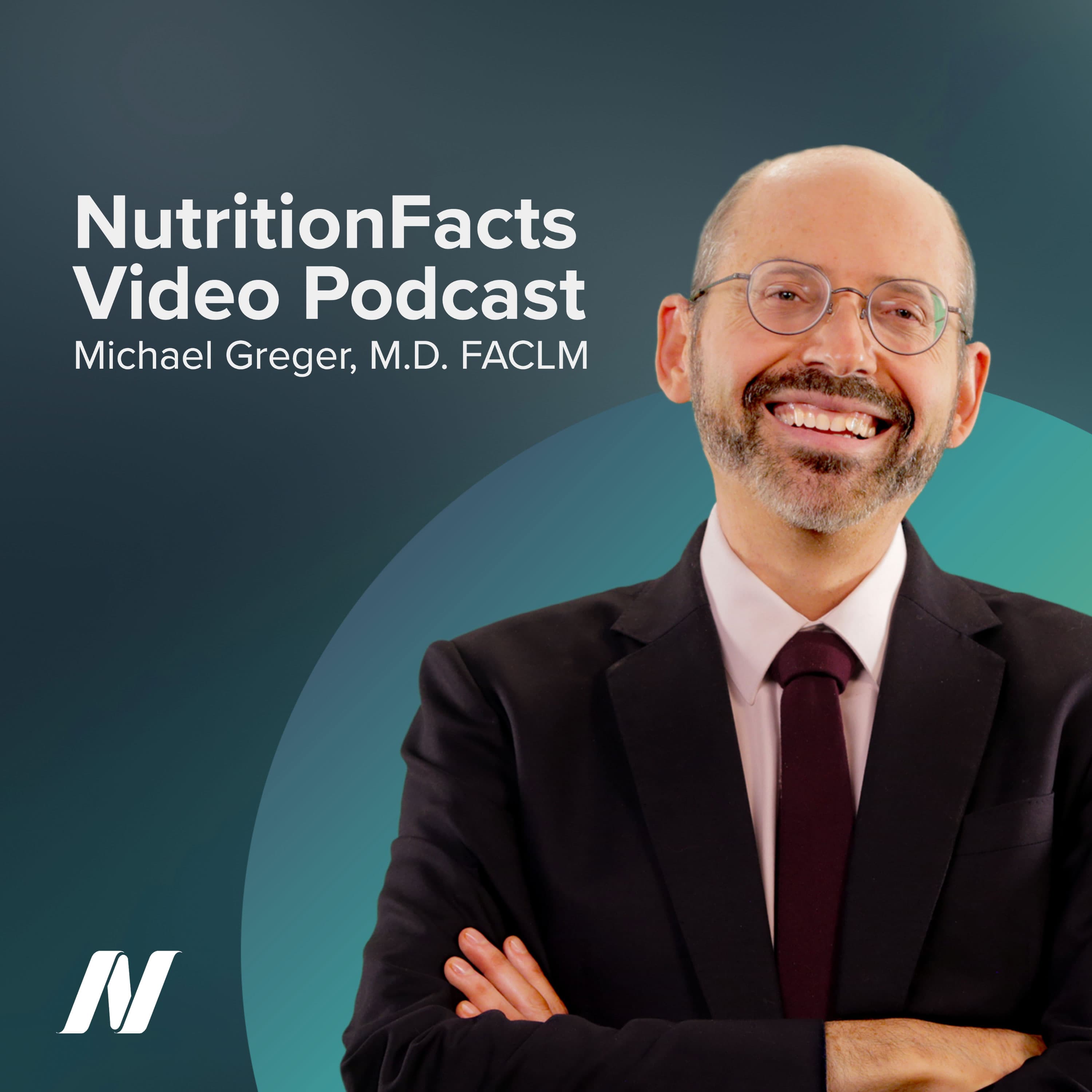Soy milk should be shaken before pouring to get at the calcium that settles to the bottom.
Calcium Absorption: Soy Milk Versus Cow Milk
Doctor's Note
For more on milk, check out these videos:
- Is Milk Good for Our Bones?
- Formula for Childhood Obesity
- Prostate Cancer and Organic Milk vs. Almond Milk
My calcium recommendation is to get least 600mg daily via calcium-rich plant foods—preferably low-oxalate dark green leafy vegetables, which includes all greens except spinach, chard, and beet greens (all very healthy foods, but not good calcium sources due to their oxalate content). Check out my video Plant vs. Cow Calcium for more.
And for more from a practical perspective, check out my associated blog post How to Enhance Mineral Absorption.
If you haven't yet, you can subscribe to our free newsletter. With your subscription, you'll also get notifications for just-released blogs and videos. Check out our information page about our translated resources.
 Previous Video
Previous Video Next Video
Next Video